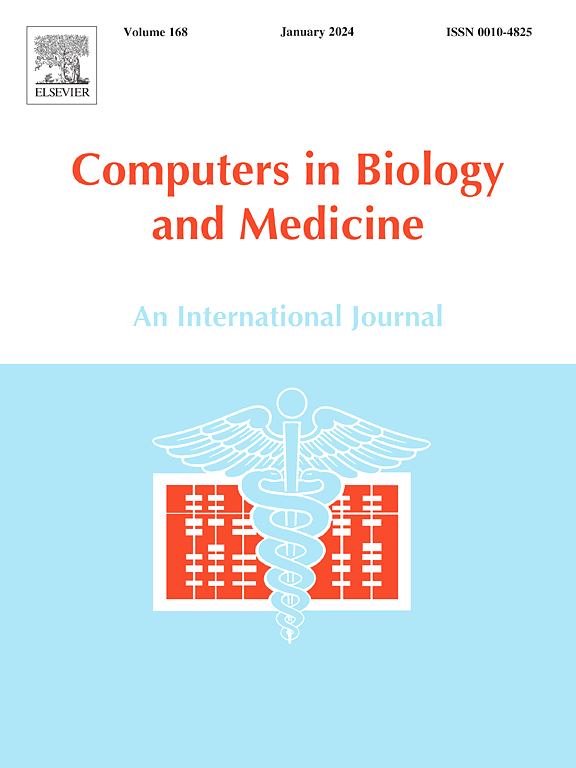Harnessing network pharmacology and in silico drug discovery to uncover new targets and therapeutics for Alzheimer's disease
IF 7
2区 医学
Q1 BIOLOGY
引用次数: 0
Abstract
Alzheimer's disease (AD) is the leading cause of progressive neurodegenerative dementia, affecting approximately 50 million individuals globally. Recent studies have highlighted the differential expression of circular RNAs (circRNAs) in AD, which may disrupt the circRNA-miRNA-mRNA regulatory networks in neuronal cells. This work aims to integrate network pharmacology with in silico drug design to identify novel druggable targets for AD and propose promising drug candidates. We analyzed two circRNA datasets from the Gene Expression Omnibus, employing enrichment analysis and constructing a circRNA-miRNA-mRNA network. The RNAenrich platform facilitated the identification of hub genes and potential druggable targets. The identified target was subjected to virtual screening against a chemical drug library comprising over 6000 compounds in clinical trials while ensuring compliance with Lipinski's Rule of Five. Our findings reveal that differentially expressed circRNAs are significantly involved in gland development, apoptosis regulation, hypoxic response, and neuronal death. Notably, CDK-6 emerged as the most promising druggable target, exhibiting strong binding affinity with five selected ligands: DB06963, DB06888, DB07020, DB08683, and DB06976. These ligands demonstrated distinct binding modes and stable interactions over 500 ns of molecular dynamics simulations conducted via Desmond. In conclusion, our study identifies CDK-6 as a viable target for therapeutic intervention in Alzheimer's disease. The top five ligands present a compelling case for further investigation as innovative CDK-6 inhibitors and potential drug candidates for AD treatment.
求助全文
约1分钟内获得全文
求助全文
来源期刊

Computers in biology and medicine
工程技术-工程:生物医学
CiteScore
11.70
自引率
10.40%
发文量
1086
审稿时长
74 days
期刊介绍:
Computers in Biology and Medicine is an international forum for sharing groundbreaking advancements in the use of computers in bioscience and medicine. This journal serves as a medium for communicating essential research, instruction, ideas, and information regarding the rapidly evolving field of computer applications in these domains. By encouraging the exchange of knowledge, we aim to facilitate progress and innovation in the utilization of computers in biology and medicine.
 求助内容:
求助内容: 应助结果提醒方式:
应助结果提醒方式:


